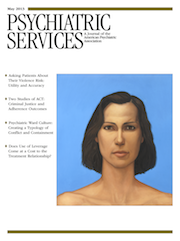Resilience: The Science of Mastering Life’s Greatest Challenges
The book Resilience is pleasant, informative, and useful. The authors have built upon their extensive interviews with prisoners of war, survivors of severe trauma, and highly trained special operation forces to identify ten factors of resilience. These are coping strategies, not inborn traits, that can be enhanced and used by any of us. Some are likely to be familiar to us, some less so, and some are unique frameworks for bringing things into better focus. These are the ten factors: maintain an optimistic but realistic outlook; confront your fears; rely on your own inner moral compass; draw on faith, religion, and spirituality; seek and accept social support—and give of yourself; identify and imitate sturdy role models; commit to good health and train to be physically fit; challenge and develop your mind and stay mentally sharp; show flexibility in response to crises and learn to problem solve; and find meaning and purpose in your life and opportunities for growth.
For each factor the authors include excellent inspirational stories, a review of the rationale behind the factor and the research that has been done in the area, an explanation of the relevant neurobiology and neuroplasticity, and a description of existing treatments and practices to build the factor with our clients and ourselves.
This book is not exactly an academic review of the literature; although it rapidly summarizes and cites a number of important references, it’s not exhaustive. It is not exactly a neurobiology textbook, although it does offer intelligible neurobiological correlates of each resilience factor. It’s not exactly an inspirational self-help book; although it has lots of impressive stories about overcoming incredible challenges, it’s probably too strenuous and filled with technical language for most lay audiences. Nor is it a therapeutic guide for professionals, because you can’t really do desensitization, or cognitive-behavioral therapy, or set up an exercise regimen solely on the basis of this book, but you can be led in interesting directions and reminded of valuable strategies we too often neglect.
What this book really is, I think, is a gift from two experienced professionals, sharing their passion and their life’s work in resilience. This is their heartfelt effort to give us the inspiration, direction, and tools that could help both us and our clients build true resilience in very intentional, targeted ways. It’s up to us whether we use it or not.



